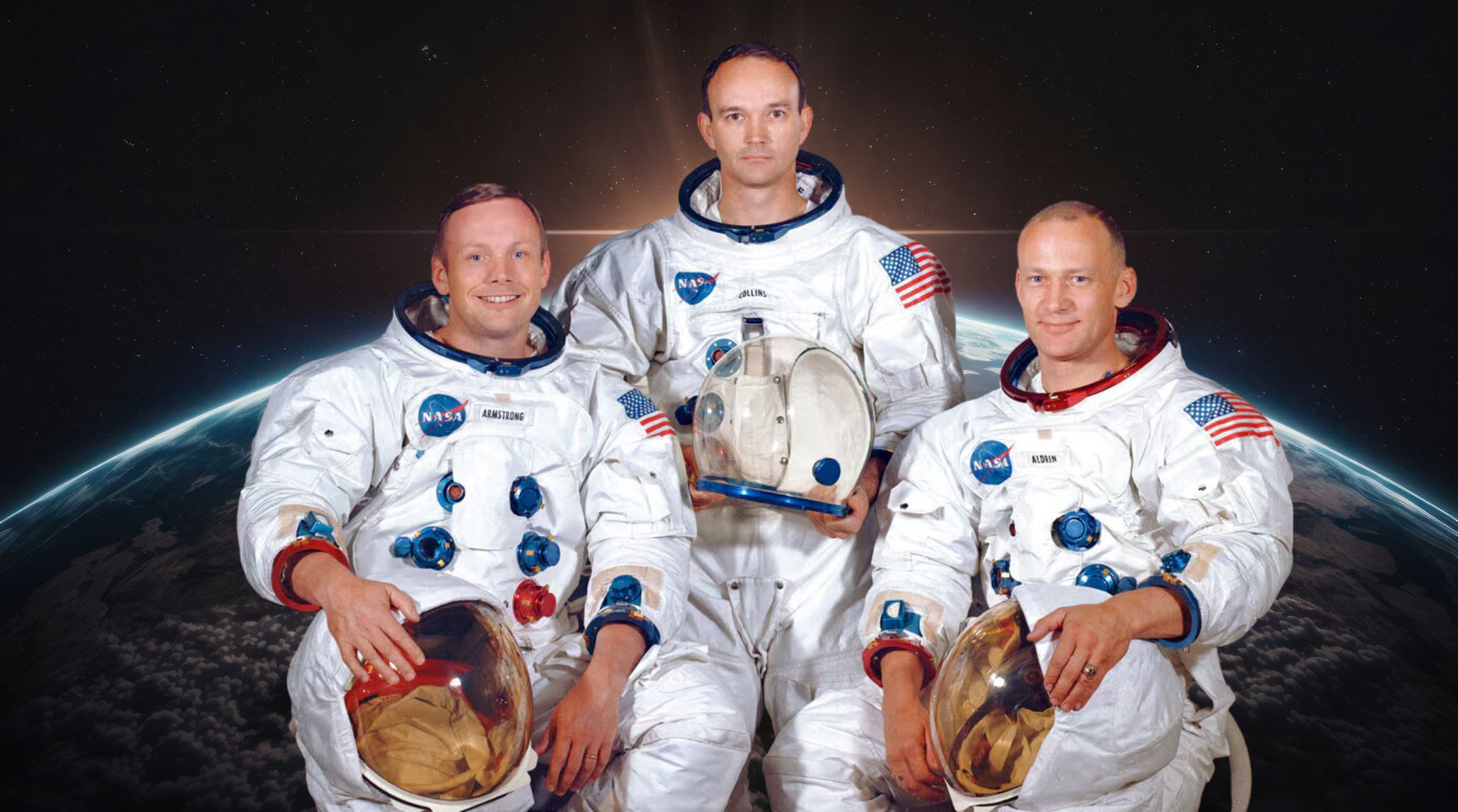
“
On July 20, 1969, Apollo 11 made history as it brought the first humans to the Moon. Neil Armstrong’s iconic words, “That’s one small step for [a] man, one giant leap for mankind,” resonated around the globe, marking the pinnacle of space exploration. But behind the success of this monumental mission, there are countless surprising facts about Apollo 11 that many are unaware of. From technological breakthroughs to the astronauts' experiences, the journey to the Moon was filled with incredible stories. Join us as we uncover 20 startling facts about Apollo 11 and humanity’s unforgettable leap into space.1
1
”
Apollo 11 was a historic U.S. spaceflight where Neil Armstrong and Buzz Aldrin became the first humans to land on and walk the Moon on July 20, 1969, marking a U.S. victory in the space race. 1
The Saturn V rocket, used for Apollo 11, stood at 363 feet tall and generated 7.5 million pounds of thrust, making it the most powerful rocket ever launched at the time. 2
Neil Armstrong famously became the first human to step onto the moon on July 20, 1969, declaring, "That’s one small step for man, one giant leap for mankind." 3
Apollo 11’s journey to the moon took 76 hours, covering approximately 240,000 miles before reaching lunar orbit, where Armstrong and Aldrin descended in the Lunar Module, "Eagle." 4

Armstrong and Aldrin spent 21 hours on the moon’s surface, of which about 2.5 hours were spent conducting experiments, collecting samples, and exploring the Sea of Tranquility.
Michael Collins orbited the moon alone in the Command Module, "Columbia," while Armstrong and Aldrin were on the surface, becoming the “loneliest human” with no direct contact for hours. 5
The Eagle landed at 8:17 PM UK time on July 20, 1969, with 25 seconds of fuel left. Armstrong descended to the Moon at 2:51 AM on July 21, making history. 6
The Apollo 11 crew left a plaque on the moon that reads: "Here men from the planet Earth first set foot upon the Moon, July 1969 A.D. We came in peace for all mankind." 7
The astronauts collected 47.5 pounds (21.5 kg) of lunar rock and soil samples, providing groundbreaking data that would shape future scientific understanding of the moon’s geology. 8

The Apollo 11 mission was broadcast live, with over 600 million people worldwide watching Armstrong’s first steps, making it one of the most-watched events in history.
Apollo 11's primary objective was to land humans on the Moon and return them to Earth. Additional goals included scientific experiments, a TV transmission, and deploying lunar instruments. 9
Apollo 11's mission lasted 8 days, 3 hours, 18 minutes, and 35 seconds. President Nixon made the first phone call to the Moon, while Kennedy's dream was unfulfilled due to his death. 10
The Apollo 11 spacesuits were custom-made by the International Latex Corporation (ILC), the same company that manufactured Playtex bras, showcasing the engineering behind the suits’ flexibility. 11
The total cost of the Apollo program, which included six moon landings, was around $25 billion (approximately $150 billion today), reflecting the scale of America’s commitment to space exploration. 12

Buzz Aldrin became the second human to step onto the moon, capturing iconic images of the lunar landscape and performing experiments on solar wind particles and seismic activity.
JoAnn Morgan, the only woman in Apollo 11's launch control, managed 21 communication channels and oversaw the health of monitoring systems for the Saturn 5 rocket during the historic mission. 13
Mathematician Katherine Johnson calculated the Apollo 11 trajectory. As part of a group of African-American women at NASA, her remarkable story is featured in the film Hidden Figures. 14
Twelve astronauts walked on the Moon, with the last mission in 1972. Since then, several countries have landed probes on the Moon, but no humans have returned since the Apollo missions. 15
Between 1969 and 1972, six Apollo missions landed 12 astronauts on the Moon. Apollo 13, though intended for the Moon, failed due to technical issues, while others succeeded in their landings. 16
The success of Apollo 11 fulfilled President John F. Kennedy’s 1961 challenge to land a man on the moon and return him safely to Earth, uniting humanity in a historic achievement. 17


